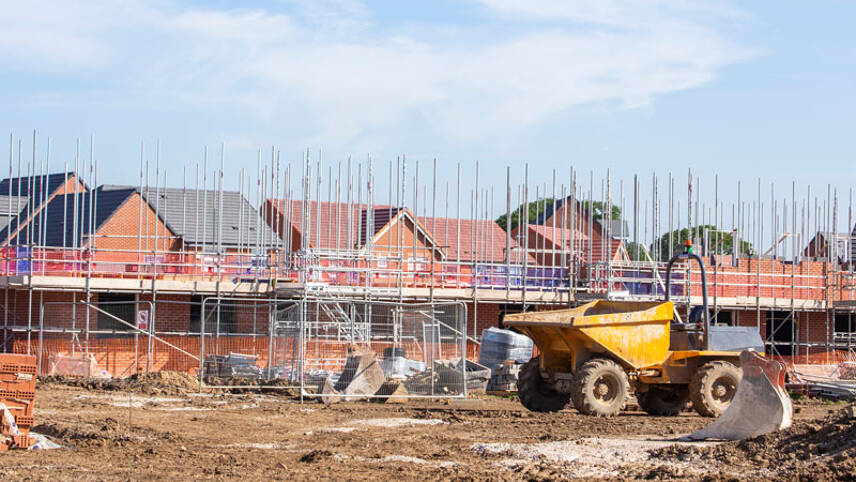Register for free and continue reading
Join our growing army of changemakers and get unlimited access to our premium content

The UK Green Building Council (UKGBC) has today (27 June) set out new guidance on carbon offsetting on the way to net-zero.
This builds on its existing advice for slashing emissions from building operations and tackling embodied carbon – that generated upstream through things like material production and construction processes. It also adds to existing UKGBC advice on offsetting at the level of an individual asset, providing new guidance on offsetting to balance emissions across a wider portfolio.
The guidance states that offsetting has a “crucial” role to play in the industry’s transition to net-zero, but warns that many firms are not preparing to deliver a “responsible” or “science-based approach”. Many are offsetting as an alternative to deep decarbonisation, thus exposing themselves to risks with the voluntary carbon markets.
Risks include double-counting; funding projects with little or no real-world benefits in terms of emissions reductions or removals; or funding projects which cause harm in other parts of the sustainable development picture.
UKGBC has stated that it has seen “too many examples” of offsetting done badly. It is urging businesses to approach offsetting more “holistically” rather than treating credit purchases as an addition or an afterthought.
Its report implores businesses to use internal carbon pricing to accelerate decarbonisation, thus reducing the need for as many carbon credits. Importantly, it highlights that some offset prices and carbon price proxies are too low to make a material difference.
“Setting a higher price of carbon reflects a more credible approach that aligns with the actual cost of carbor,” states the report. “A higher price also provides greater opportunities for achieving substantial emissions reductions beyond base offsetting efforts.”
When choosing offsets, the report states, businesses should carefully assess the full range of impacts of the specific project or projects that their credits will pertain to. They should seek out projects that mitigate common risks if possible.
And, once offsets have been purchased, the job is not over. The report emphasizes the importance of reviewing carbon strategies and collecting information regarding the real-world impacts of offsetting projects.
Three different pathways are set out in the document, for businesses at different stages of their net-zero journey. They range from minimym requirements, to good practice, to taking a leading approach.
UKGBC’s head of climate action Yetunde Abdul said: “This guidance is crucial in equipping organisations seeking to accelerate the net-zero transition to go beyond the procurement of voluntary credits to compensate for their residual emissions, towards a leadership approach which promotes social equity, restore ecosystems, and drive positive change within, and beyond, the built environment value chains.”
Read edie’s new business guide to carbon offsetting
How does the carbon offset process and its market work? And, at what point should a business turn to carbon offsetting?
This free-to-download edie Explains guide, produced in association with the South Pole Group helps sustainability professionals answer these questions and more. If you are looking to better your understanding and confidently navigate the growing market of carbon offsets, download your copy of this free guide here.


Please login or Register to leave a comment.